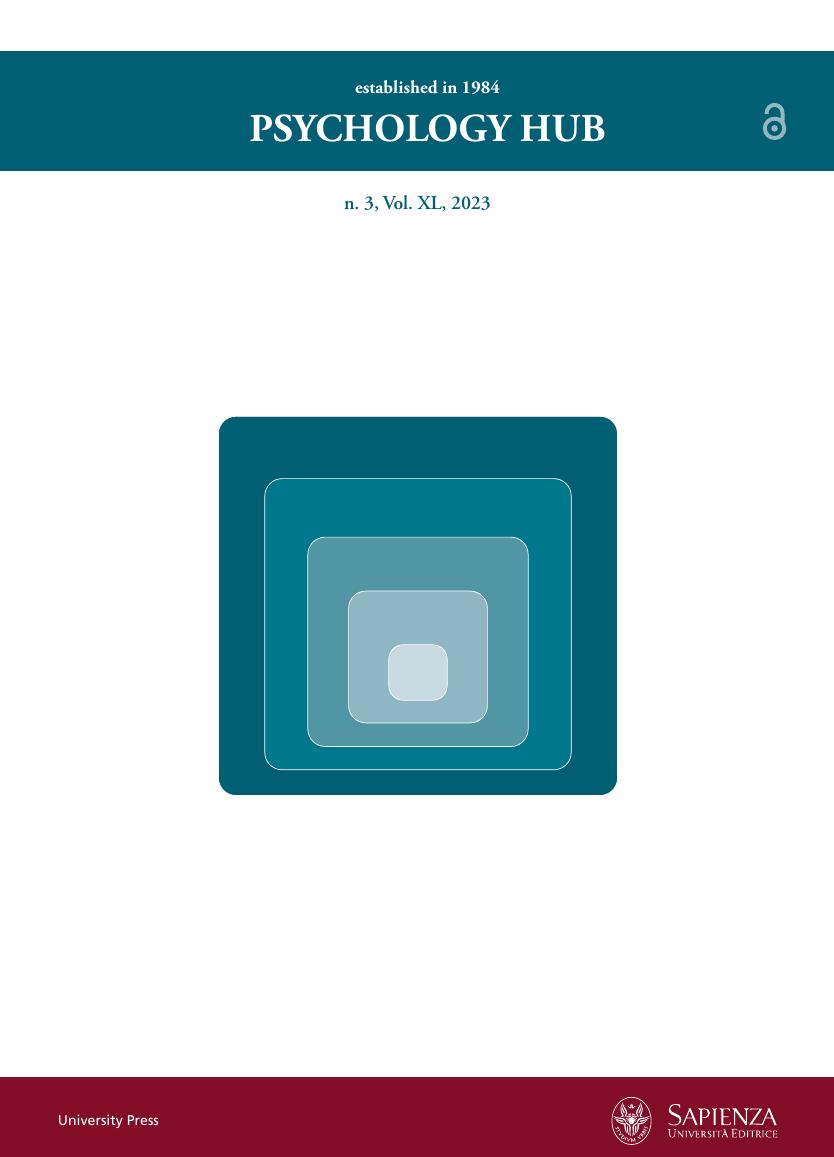Adolescents’ Psychological Well-being: Adaptation and Validation of the Brief Scale of Psychological Well-Being for Adolescents (BSPWB-A) in Indonesia
DOI:
https://doi.org/10.13133/2724-2943/18019Keywords:
psychological well-being, adolescent, adaptation, validation, psychometric propertiesAbstract
Background: The Brief Scale of Psychological Well-Being for Adolescents (BSPWB-A) is a 20-items self-report questionnaire developed to measure adolescents’ psychological well-being. The present study aims to adapt and validate the BSPWB-A in the Indonesian context. Methods: Referring to International Test Commission (ITC) guidelines, the adaptation and validation procedure included back-translation, peer and expert reviews, cognitive interviews, and evaluation of scale psychometric properties. Data from 770 junior and high school students aged 11 to 19 were collected and analyzed to identify the scale reliability (internal consistency) and construct validity through Confirmatory Factor Analysis (CFA). Convergent validity was assessed by correlating the BSPWB-A score with other related measures, such as the Satisfaction with Life Scale (SWLS), Positive and Negative Affect Schedule (PANAS), and Kessler Psychological Distress Scale-6 (K-6). Results: The BSPWB-A has good psychometric properties. An acceptable Cronbach’s alpha coefficient indicated high internal consistency. The CFA supported the four-factor model implying adequate construct validity. Moreover, the instrument correlated positively with the life satisfaction and positive affect scales; and negatively with the psychological distress and negative affect scales. Conclusions: The Indonesian version of the BSPWB-A is psychometrically sound for assessing adolescents’ psychological well-being in Indonesia.
Additional Files
Published
How to Cite
Issue
Section
License
Copyright (c) 2023 Psychology Hub

This work is licensed under a Creative Commons Attribution-NonCommercial-ShareAlike 4.0 International License.





